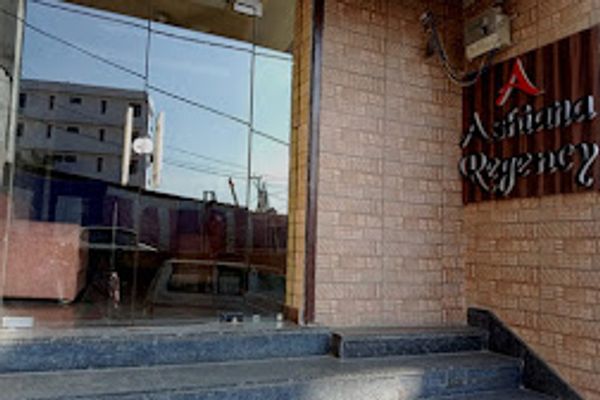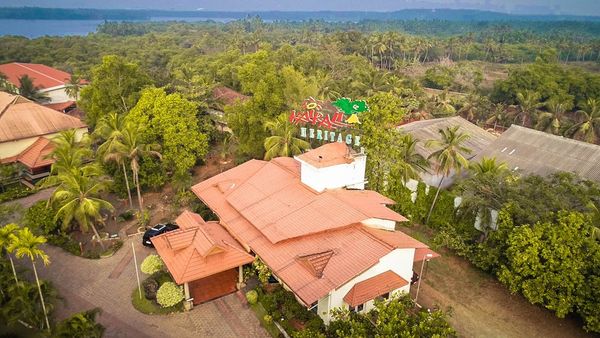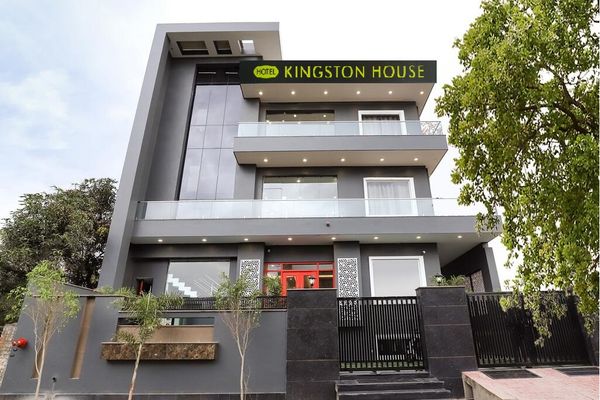15 Best Treks in India for Nature Lovers and Photographers
 Mountains Curve
13 Aug, 2025
32 mins read
56
Mountains Curve
13 Aug, 2025
32 mins read
56
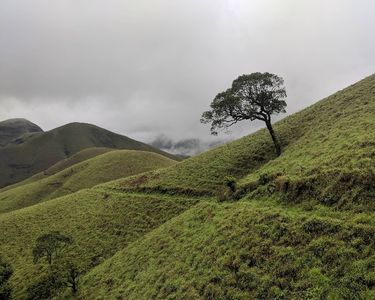
India’s mountains are a living canvas for those who love walking through nature with a camera in hand. From the snowy Himalayan ridges to lush valleys dotted with villages, every trail offers moments worth freezing in a frame. For photographers, these treks are about chasing light — morning sun on glacial peaks, mist drifting over meadows, and star-filled skies above mountain camps. For nature lovers, they are about immersion — passing through forests alive with birdsong, following winding paths beside streams, and pausing to breathe crisp alpine air.
Whether you’re looking for a short, soul-refreshing walk or a multi-day high-altitude expedition, the Indian trekking map has something for you. Here are 15 of the most photogenic and nature-rich treks in India that will leave you with memories — and images — to last a lifetime.
1. Tungnath–Chandrashila Trek, Chamoli
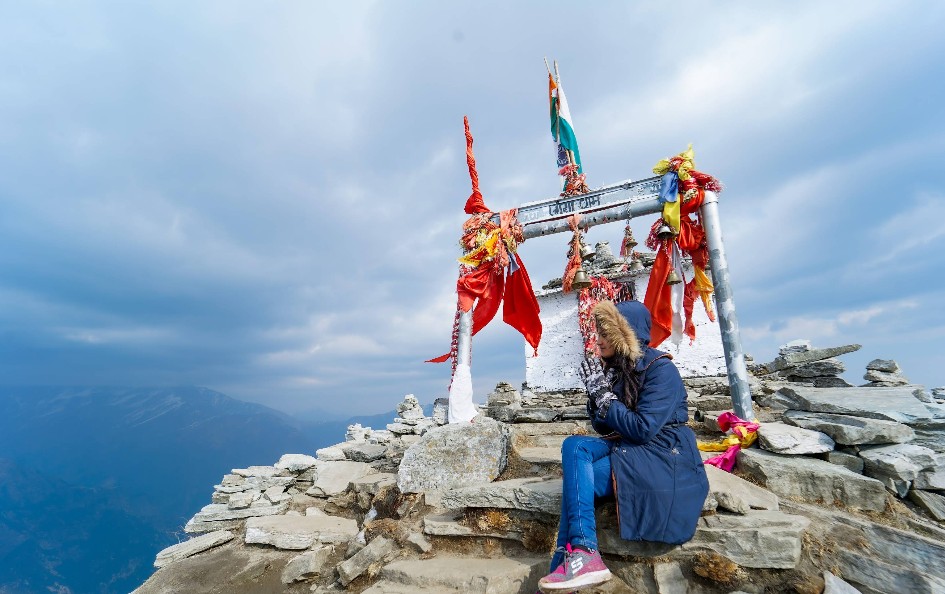
Tungnath Temple, standing at an altitude of 3,680 meters (12,073 feet), is among the highest Shiva temples in the world and the highest of the five Panch Kedar temples in Uttarakhand’s Rudraprayag district. The name “Tungnath†translates to “Lord of the Peaks,†and the temple is nestled just below the summit of Chandrashila. The Tungnath range beautifully divides the Mandakini and Alaknanda river valleys, adding to its stunning setting.
Steeped in mythology, the temple is closely tied to the Pandavas from the Mahabharata, making it not only a spiritual destination but also a place of rich cultural heritage. The journey to Tungnath is 3.5 km trek starting from Chopta, typically taking 3 to 4 hours to reach the shrine. This trek is considered easy to moderate, making it accessible to most trekkers and pilgrims. A complete trip from Yog Nagari Rishikesh spans about three days, including the drive to Chopta and the hike to the temple.
Quick Facts
- Best Time to Visit – Spring to early winter (May to November) for clear skies and comfortable trekking conditions
- Trek Distance – 3.5 km from Chopta, taking about 3 to 4 hours
- Accessibility – Reachable via road to Chopta from Rishikesh, followed by a well-marked trek
- Major Highlight – Highest Shiva temple in the world, located just below Chandrashila peak with panoramic Himalayan views
2. Nag Tibba Trek, Dehradun
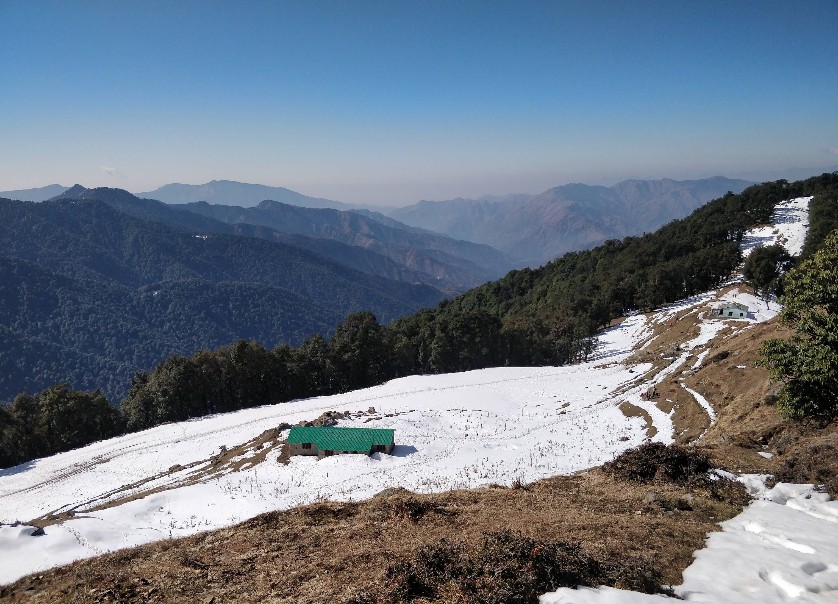
Nag Tibba, or the “Serpent’s Peak,†is a perfect weekend trek for those seeking a short yet rewarding Himalayan experience. At 3,022 meters (9,915 feet), it is the highest point in the Nag Tibba range, offering sweeping views of Bandarpoonch, Kedarnath, Srikanth, and Gangotri peaks. The trail passes through dense forests of oak and rhododendron, open grasslands, and remote Himalayan hamlets, each turn revealing new photo-worthy landscapes.
The trek begins at Pantwari village, just a few hours’ drive from Dehradun. Over two days, you’ll cross bubbling streams, camp under star-strewn skies, and wake up to the golden glow of sunrise spilling across the mountains. In winter, a soft blanket of snow transforms the route into a wonderland, perfect for photographers capturing contrast and texture. Nag Tibba is easy to moderate, making it accessible for families, beginners, and those looking to experience mountain beauty without long travel times.
Quick Facts
- Best Time to Visit – Year-round; winter for snow, spring for flowers
- Trek Distance – Around 16 km round trip over 2 days
- Accessibility – Road to Pantwari from Dehradun, followed by a marked trail to the summit
- Major Highlight – 360° Himalayan panoramas, short duration, beautiful campsites
3. Har ki Dun Trek, Sankri
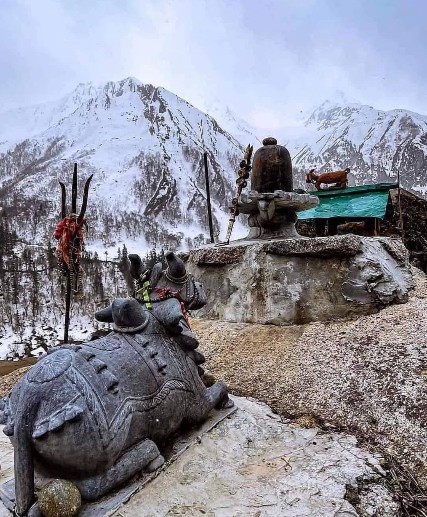
Har Ki Doon, also known as Har Ki Dun, is a stunning cradle-shaped hanging valley in the Garhwal Himalayas of Uttarakhand, nestled at an altitude of 3,566 meters (11,700 feet). Surrounded by lush green bugyals (high-altitude meadows), alpine vegetation, and snow-clad peaks, this valley remains snow-covered from October to March. It lies within the Govind Wildlife Sanctuary & National Park, home to diverse flora and fauna, and is connected to the Baspa Valley via the Borasu Pass.
The trek begins at Sankri, the last point with stable mobile signals, after passing Purola—the final ATM stop. Spanning over 34 km in six days, the route takes you through the charming villages of Taluka, Dhatmeer, Gangad, and Osla, along with dense forests of deodar and pine, alpine meadows, and cascading waterfalls. You’ll also cross the Tons River and witness the rich cultural heritage of the remote Himalayan communities. In Osla, a temple dedicated to Lord Shiva stands as a spiritual landmark in this picturesque setting.
Quick Facts
- Best Time to Visit – April to June and September to early November
- Trek Distance – About 34 km over 6 days, covering 5–8 km daily
- Accessibility – Road to Sankri from Dehradun, then trek via Taluka village
- Major Highlight – Cradle-shaped valley, traditional villages, Govind Wildlife Sanctuary, Borasu Pass connection
4. Kedarkantha Trek, Sankri
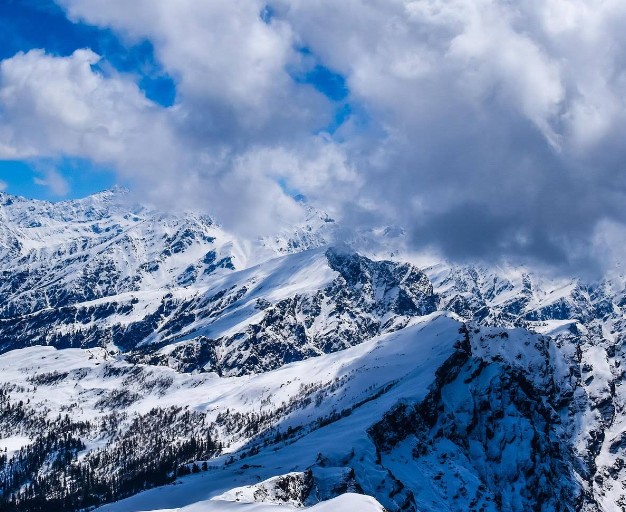
Among the most sought-after treks in India, Kedarkantha is a winter gem located near Govind Pashu Vihar National Park in Uttarakhand. Rising to 3,810 meters (12,500 feet), the summit rewards trekkers with breathtaking 360-degree views of Himalayan peaks, including Swargarohini, Bandarpoonch, Black Peak, Ranglana, and the Yamunotri–Gangotri ranges.
The adventure begins from Sankri village, about 200 km from Dehradun, and unfolds over 3–4 days. The trail passes through dense forests of oak, rhododendron, and pine, the frozen beauty of Juda Ka Talab, open meadows, sparkling streams, and pristine snowfields—making it a favorite for trekking in winter. Most of the route offers gradual ascents ideal for beginners, while the final summit climb, with a steep 40°–60° incline, adds just the right dose of challenge without technical difficulty. Whether you’re trekking in December for snow or exploring in spring for clearer skies, Kedarkantha offers an unforgettable introduction to Himalayan trekking in India.
Quick Facts
- Best Time to Visit – December to April for snow; April to June and September to October for panoramic views
- Trek Distance – Around 20 km round trip over 3–4 days
- Accessibility – Motorable road to Sankri from Dehradun, followed by trek to the summit and back
- Major Highlight – Snow-covered trails, Juda Ka Talab, panoramic Himalayan views, summit climb experience
5. Hampta Pass Trek, Manali, Himachal
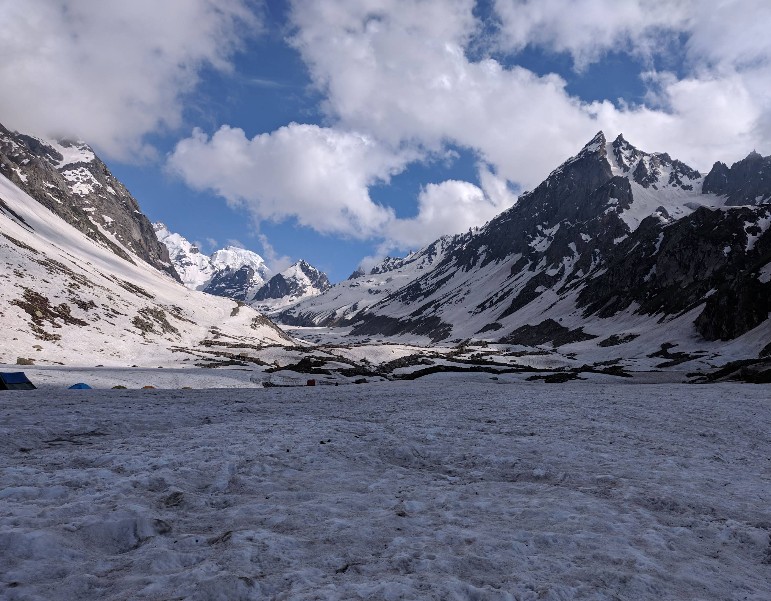
Hampta Pass is one of those rare treks in India where the landscape changes so dramatically that it feels like you’ve stepped between two different worlds in a single journey. At 4,290 meters (14,100 feet), this crossover trek connects the lush, rain-fed slopes of the Kullu Valley with the stark, high-altitude desert of Lahaul’s Chandra Valley. One side offers green meadows, thick forests, and blooming wildflowers, while the other reveals barren mountains, rocky terrain, and endless blue skies.
What makes this route stand out in the world of trekking in India is how quickly the transition happens—just 28 km over 4 to 5 days. Starting from the vibrant Kullu region, the trail gradually climbs into the Pir Panjal range before crossing into the rain-shadowed landscapes of Lahaul. The trek is moderate in difficulty, offering both adventure and accessibility, making it ideal for those trekking in June or during the monsoon when much of the route remains dry. Hampta Pass delivers a condensed yet unforgettable Himalayan experience, showcasing two vastly different ecosystems in one compact itinerary.
Quick Facts
- Best Time to Visit – Mid-June to September for greenery in Kullu and dry conditions in Lahaul
- Trek Distance – Around 28 km over 4–5 days
- Accessibility – Road access from Manali to Jobra (starting point), trek ends near Chatru in Lahaul
- Major Highlight – Chandratal and unique crossover from lush valleys to barren mountains in a short duration
6. Bhrigu Lake Trek, Manali
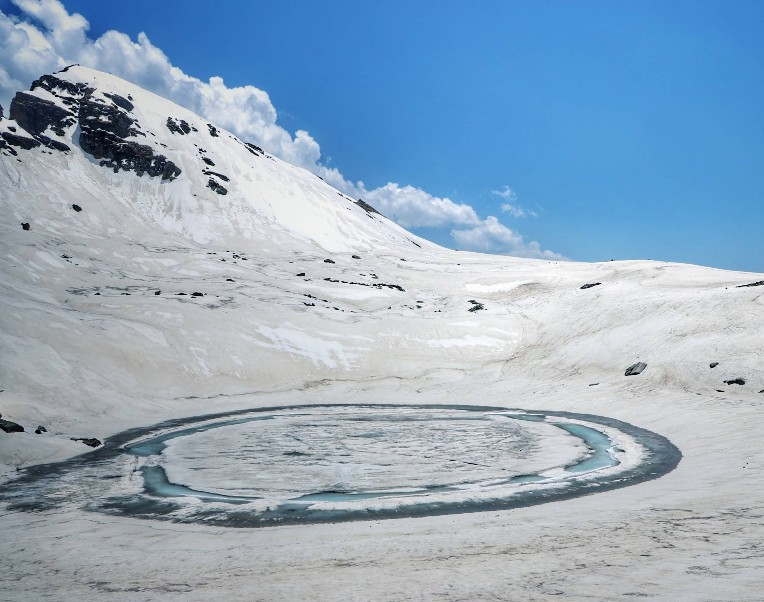
Bhrigu Lake is a high-altitude alpine lake in Himachal Pradesh, perched at 4,300 meters (14,100 feet) and famed for its shifting shades of blue and green. Surrounded by snow-dusted peaks and lush meadows, the lake is steeped in mythology — said to be where Sage Bhrigu meditated. Photographers will love the contrast between the mirror-like lake surface and the jagged Himalayan skyline.
Starting from Gulaba, just an hour’s drive from Manali, the trail offers a delightful variety of landscapes in a short span: dense cedar forests, wildflower-filled pastures, and sweeping mountain panoramas. The trek spans about 22 km and can be completed in 3 days, making it perfect for those short on time but craving high-altitude beauty. In June, the meadows come alive with colorful blooms, while autumn brings crystal-clear reflections of the surrounding peaks.
Quick Facts
- Best Time to Visit – June to October
- Trek Distance – About 22 km round trip over 3 days
- Accessibility – Road to Gulaba from Manali, followed by a marked trail
- Major Highlight – High-altitude glacial lake, lush meadows, sweeping Himalayan views
7. Gaumukh Tapovan Trek, Gangotri
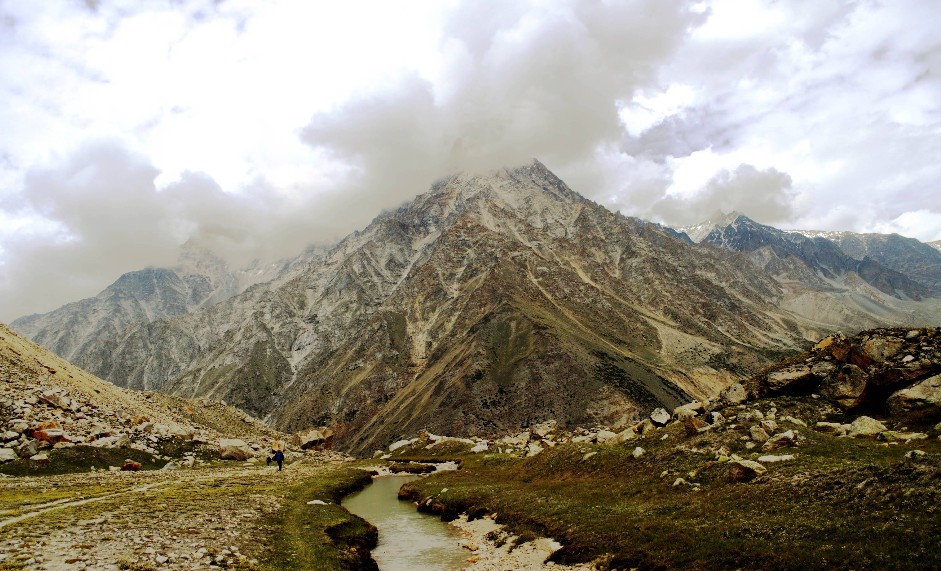
The Gaumukh Tapovan Trek blends raw Himalayan adventure with deep spiritual significance, leading you to the very birthplace of the River Ganga. Beginning in Gangotri, a lively pilgrimage hub in Uttarkashi district, the route winds through the pristine wilderness of Gangotri National Park. Over the course of 7 days, trekkers navigate dense alpine forests, high-altitude meadows, glacial moraines, and rocky ascents to reach Gaumukh—the icy snout of the Bhagirathi River.
From Gaumukh, the trail climbs higher to Tapovan, an expansive meadow framed by towering peaks. Here, Mt. Shivling rises in perfect symmetry, while the Bhagirathi massif, Kedar Dome, Sudarshan, and Meru form a breathtaking backdrop. The evenings bring golden light spilling across the mountains, a sight etched forever in memory. Spanning roughly 46 km and climbing to 14,150 feet, this journey is physically demanding yet profoundly rewarding, offering both the solitude of the mountains and the sacred energy of one of India’s holiest landscapes.
Quick Facts
- Best Time to Visit – May to June and September to October
- Trek Distance – Around 46 km over 6 nights and 7 days
- Accessibility – Road to Gangotri from Uttarkashi/Dehradun, trek begins and ends at Gangotri
- Major Highlight – Source of the River Ganga, views of Mt. Shivling and Bhagirathi massif, Gangotri and Chaturangi Glaciers
8. Kalsubai Peak Trek, Ahmednagar
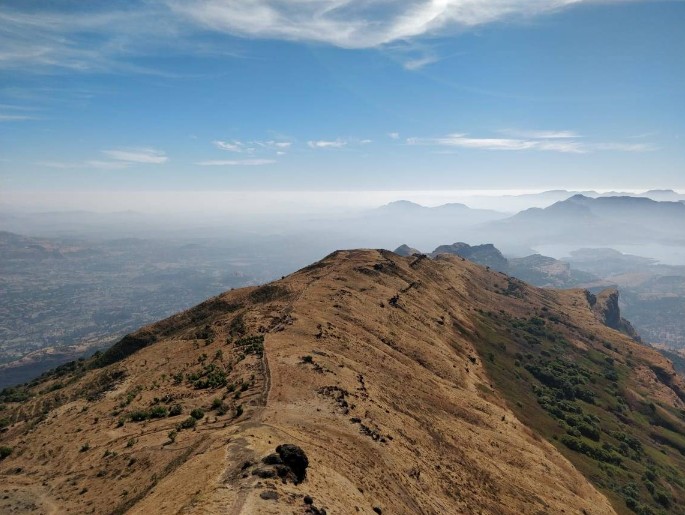
Known as the “Everest of Maharashtra,†Kalsubai Peak stands at 1,646 meters (5,400 feet) and is the highest point in the Sahyadri range. Though not as high as the Himalayas, the trek rewards with sweeping views of green valleys, surrounding forts, and tranquil water reservoirs. Photographers can capture monsoon clouds rolling over the hills or the golden hues of sunrise from the summit.
The trek starts from Bari village and follows a well-trodden trail with metal ladders at steeper sections. It is a moderate hike of about 6 km one way, passing through farmland, rocky paths, and grassy slopes. In the monsoon, waterfalls spill over the cliffs, while winter offers crisp, clear skies. At the top stands a small temple dedicated to the goddess Kalsubai, a cultural touchpoint in the natural setting.
Quick Facts
- Best Time to Visit – June to February; monsoon for lush greenery, winter for clear views
- Trek Distance – Around 12 km round trip in a single day
- Accessibility – Road to Bari village from Mumbai or Nashik, trek starts here
- Major Highlight – Highest peak in Maharashtra, panoramic Sahyadri views, seasonal waterfalls
9. Kudremukh Trek, Chikmagalur
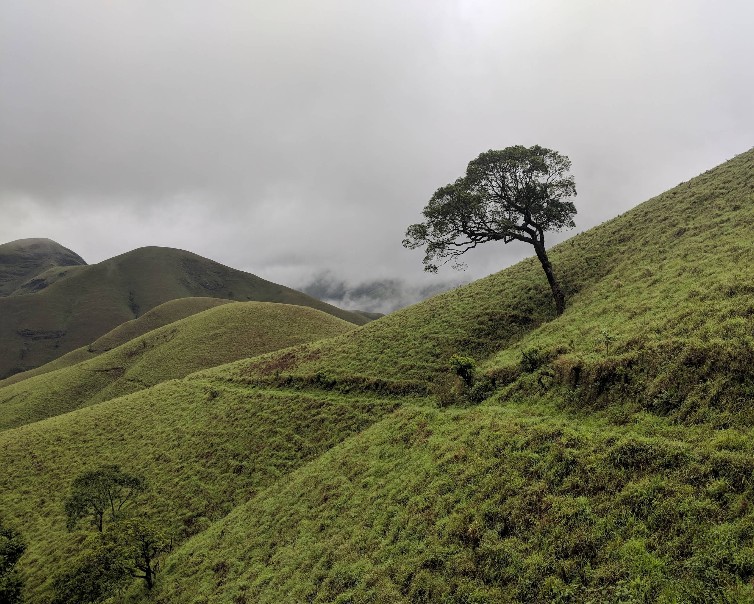
Kudremukh, meaning “Horse Face†in Kannada, is a UNESCO-listed biodiversity hotspot in Karnataka’s Western Ghats. Standing at 1,894 meters (6,214 feet), the peak resembles the profile of a horse’s face, especially striking from a distance. The trail is a photographer’s delight — rolling grasslands, mist-covered valleys, bamboo clusters, and sparkling streams that you cross barefoot.
The trek starts from Mullodi village and covers about 18 km round trip, typically done in a day. It is moderately challenging, with gentle ascents that become steeper toward the summit. Monsoon brings a sea of green and flowing streams, while post-monsoon months offer clear skies for long-distance shots. Kudremukh is part of a protected reserve, so prior permission is required, adding an element of exclusivity to the experience.
Quick Facts
- Best Time to Visit – October to February for clear weather; June to September for monsoon greenery
- Trek Distance – Around 18 km round trip in a day
- Accessibility – Road to Mullodi village from Chikmagalur, jeep ride to trek base
- Major Highlight – Horse-face peak shape, rich biodiversity, scenic grasslands
10. Kashmir Great Lakes Trek, Sonmarg
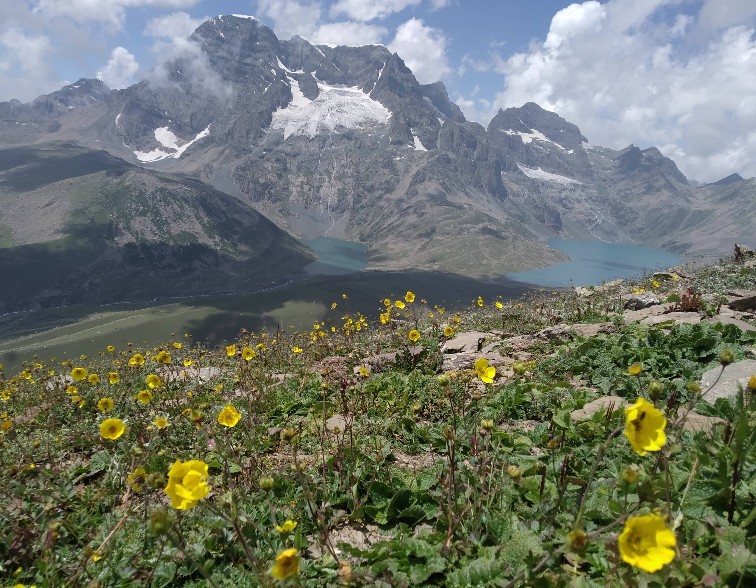
The Kashmir Great Lakes Trek is like walking through a painter’s dream, with turquoise alpine lakes framed by snow-clad mountains and wildflower-filled meadows. Over 7 days, you pass through Vishansar, Krishansar, Gadsar, Satsar, and Gangbal lakes, each with its own unique color and setting.
The trek begins from Sonmarg and climbs gradually to Nichnai Pass (4,084 m), opening up to sweeping views of valleys and lakes. Photographers will find endless compositions — reflections of peaks in still waters, shepherds leading flocks, and starry skies over camp. The trek is moderate to challenging due to daily distances and altitude, but the reward is experiencing Kashmir’s raw, untouched beauty up close.
Quick Facts
- Best Time to Visit – July to September for clear trails and vibrant meadows
- Trek Distance – Around 70 km over 7 days
- Accessibility – Road to Sonmarg from Srinagar, trek ends near Naranag
- Major Highlight – Series of pristine high-altitude lakes, wildflower valleys, mountain passes
11. Sandakphu Phalut Trek, Darjeeling
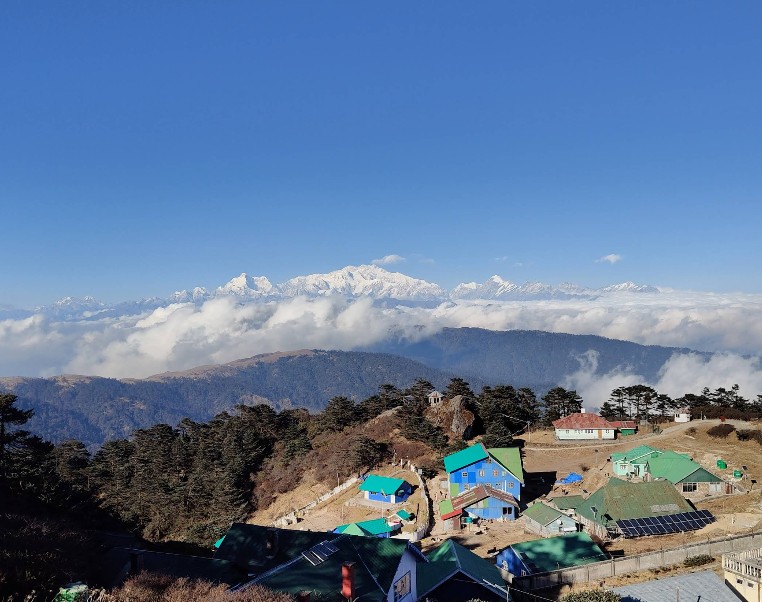
Sandakphu, at 3,636 meters (11,929 feet), is the highest point in West Bengal and offers rare views of four of the world’s tallest mountains — Everest, Kanchenjunga, Lhotse, and Makalu. Known as the “Sleeping Buddha†view due to the Kanchenjunga range’s shape, this trek is perfect for photographers chasing Himalayan sunrises.
The route follows the Singalila Ridge, often weaving between India and Nepal, adding a cultural twist to the natural beauty. Starting from Manebhanjan, the trek passes through rhododendron forests, small tea villages, and open ridges with uninterrupted views. In spring, the trail is a riot of color, while autumn brings clear skies.
Quick Facts
- Best Time to Visit – April to May for blooms, October to December for clear views
- Trek Distance – Around 65 km over 6 days
- Accessibility – Road to Manebhanjan from Darjeeling or Siliguri
- Major Highlight – Panoramic views of 8,000-meter peaks, cultural mix of Indian and Nepali villages
12. Valley of Flowers Trek, Badrinath
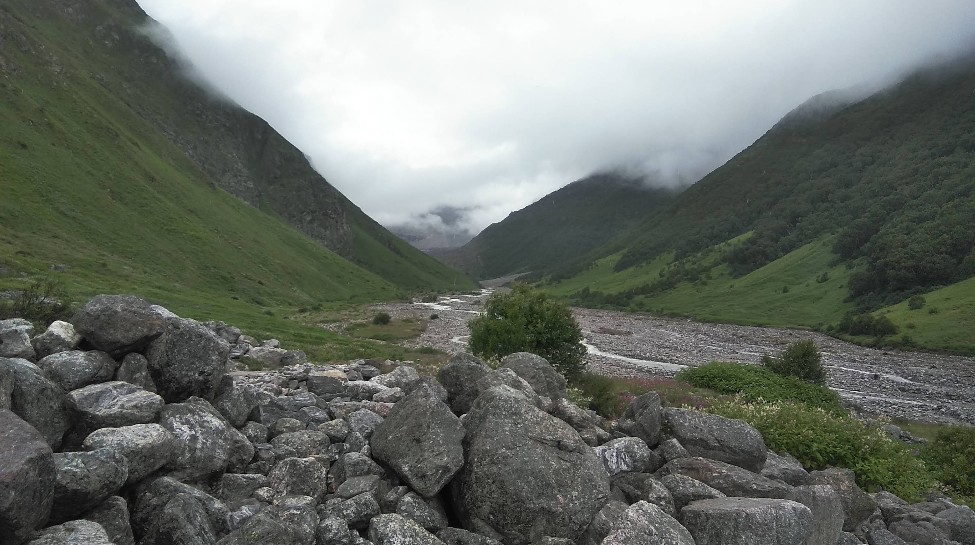
Set in Uttarakhand’s Chamoli district, the Valley of Flowers Trek is a celebrated Himalayan journey that combines nature’s artistry with cultural depth. Recognized as a UNESCO World Heritage Site, the valley transforms into a vibrant carpet of blooms during the monsoon, with over 600 species of wildflowers—including rare varieties not seen elsewhere. The trail offers a mix of cascading waterfalls, wooden bridges, and flowing streams framed by snow-covered peaks.
The trek begins at Govindghat and follows a scenic route to Ghangaria, the base for both the Valley of Flowers and the sacred Hemkund Sahib. From here, you can step into the valley’s alpine meadows or tackle the challenging climb to Hemkund Sahib—a glacial lake set at over 14,000 feet, where the Gurudwara rests against a backdrop of rugged mountains. Trekking through this landscape is as much about discovery as it is about endurance, offering a rare blend of floral diversity, Himalayan panoramas, and spiritual tranquility.
Quick Facts
- Best Time to Visit – July to early September for peak blooms
- Trek Distance – About 38 km round trip over 5–6 days
- Accessibility – Road to Govindghat from Haridwar/Rishikesh, trek to Ghangaria and further to the valley or Hemkund Sahib
- Major Highlight – UNESCO World Heritage alpine valley, Hemkund Sahib lake, rare Brahma Kamal, panoramic Himalayan views
13. Dayara Bugyal Trek, Uttarkashi
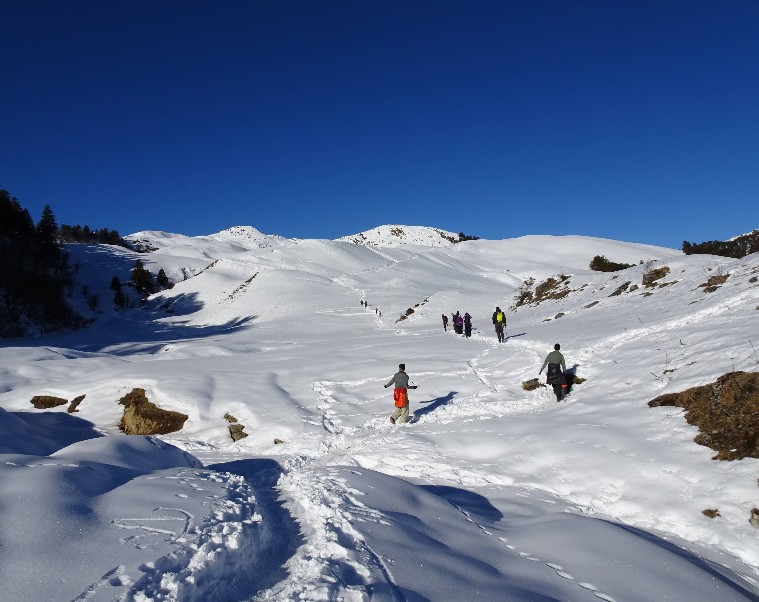
Dayara Bugyal is one of the most picturesque high-altitude meadows in the Indian Himalayas, offering a perfect mix of scenic variety and easy accessibility. Beginning from Raithal village in Uttarkashi district, the trail leads through dense forests of oak, maple, pine, and rhododendron before suddenly opening into a vast expanse of rolling grasslands. At an elevation of around 3,780 meters (12,400 feet), these meadows stretch endlessly under the watchful gaze of Himalayan giants like Bandarpoonch, Kala Nag, Srikanth, Jaonli, and Draupadi Ka Danda.
The trek spans roughly 22 km and can be completed in 3–4 days, making it an excellent choice for beginners and families. Each season paints the Bugyal in a new palette—spring with blooming rhododendrons, summer with vibrant wildflowers, autumn with warm golden hues, and winter under a pristine snow blanket. Whether you are camping near Gui Lake or watching the sunset over the mountains, the Dayara Bugyal Trek delivers stunning landscapes without the intensity of more challenging Himalayan routes.
Quick Facts
- Best Time to Visit – Year-round; each season offers unique beauty
- Trek Distance – About 22 km round trip over 3–4 days
- Accessibility – Road to Raithal from Uttarkashi or Dehradun, trek starts and ends at Raithal
- Major Highlight – Expansive alpine meadows, panoramic Himalayan views, Gui Lake campsite
14. Beas Kund Trek, Manali
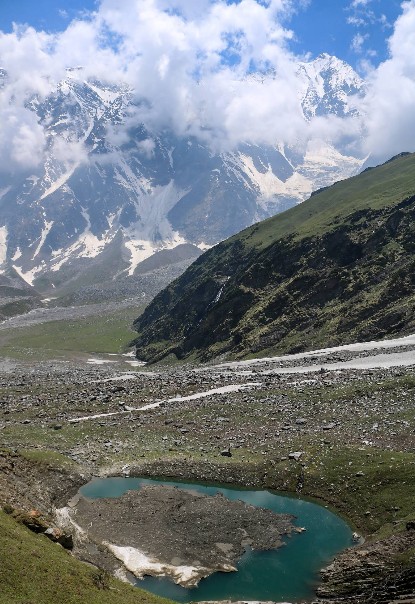
Beas Kund is a short yet scenic trek that takes you to the source of the Beas River, set against the backdrop of towering peaks like Hanuman Tibba and Friendship Peak. At around 3,700 meters (12,140 feet), the lake holds both geographical and mythological importance, believed to be the meditation site of Sage Vyas from the Mahabharata.
The trek starts from Solang Valley and spans about 16 km over 3 days. Along the way, you pass through deodar forests, wide green meadows, and streams that tumble down from melting glaciers. It’s a favorite among photographers for its combination of close-up mountain views and serene water reflections.
Quick Facts
- Best Time to Visit – May to October
- Trek Distance – About 16 km round trip over 3 days
- Accessibility – Road to Solang Valley from Manali, trek starts here
- Major Highlight – Source of the Beas River, panoramic peaks, lush meadows
15. Kagbhusandi Lake Trek, Joshimath
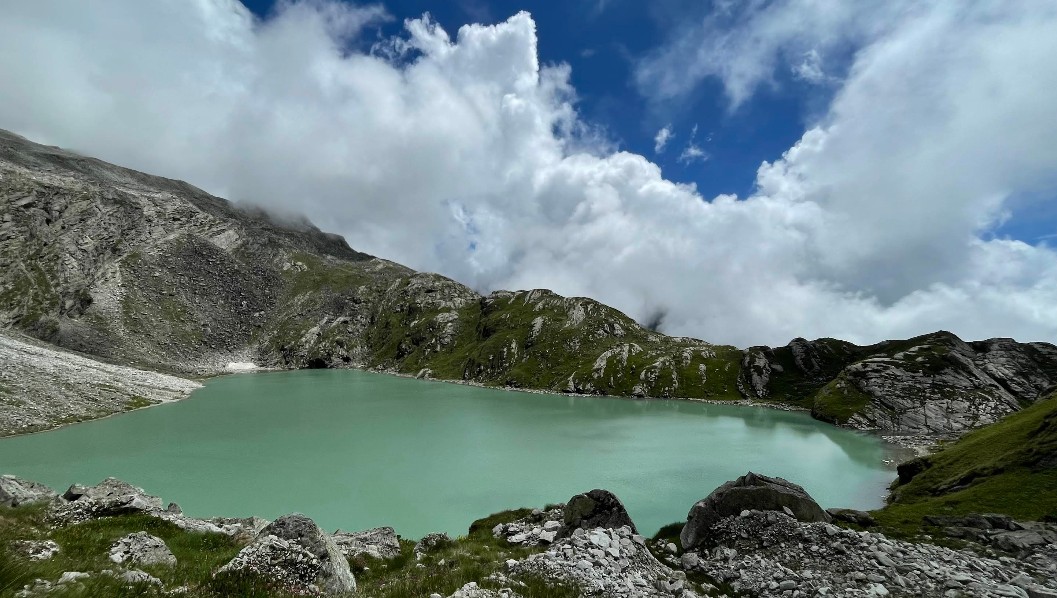
Kagbhusandi Lake is a hidden gem in Uttarakhand, tucked at 5,230 meters (17,160 feet) in the Nanda Devi National Park region. This emerald-green glacial lake sits beneath the mighty Hathi Parvat and is often dotted with floating ice even in summer. The name comes from local legends involving crows (kag) and mythology connected to the Mahabharata.
The trek is challenging, spanning around 46 km over 6–7 days, starting from Govindghat or Bhyundar village. The route passes through dense birch and rhododendron forests, alpine meadows, and steep rocky climbs. The lake’s still waters mirror snow-clad peaks, making it a dream for high-altitude photographers.
Quick Facts
- Best Time to Visit – June to September
- Trek Distance – About 46 km over 6–7 days
- Accessibility – Road to Govindghat or Bhyundar, trek via Laxman Ganga valley
- Major Highlight – Remote glacial lake, Himalayan reflections, alpine wilderness
Preparation Tips for Treks in India
- Train Physically – Build stamina with regular walking, stair climbing, and light jogging.
- Pack Smart – Carry layers for changing weather, waterproof jackets, and sturdy trekking shoes.
- Travel Light – Limit weight to essentials to avoid strain.
- Stay Hydrated – Drink enough water to avoid altitude sickness.
- Camera Gear – Carry extra batteries and memory cards; cold drains battery life faster.
- Acclimatize – For high-altitude treks, spend a day at base altitude before climbing higher.
- Respect Nature – Leave no litter, avoid disturbing wildlife, and stick to trails.
Conclusion
These 15 treks show the incredible variety India offers — from the icy heights of Gaumukh and Kashmir’s turquoise lakes to the lush Sahyadri monsoon trails. For photographers, they are a collection of natural masterpieces; for nature lovers, they are journeys into some of the most pristine landscapes left in the country. Whether you’re chasing the glow of a Himalayan sunrise or listening to the silence of a misty meadow, these trails promise moments that stay with you long after you’ve returned home.
Top 15 FAQs on Trekking in India
- Which is the best trek in India for beginners?
- Nag Tibba, Dayara Bugyal, and Kedarkantha are great starter treks.
- Which trek offers the best photography opportunities?
- Kashmir Great Lakes and Valley of Flowers are top picks for photographers.
- Do I need permits for all treks?
- Not all, but some like Kudremukh, Gaumukh Tapovan, and Valley of Flowers require permits.
- What is the best season for Himalayan treks?
- May–June and September–October for clear skies and stable weather.
- Can I trek solo in India?
- Yes, but some remote treks are safer with a guide or group.
- What gear is essential for high-altitude trekking?
- Layered clothing, waterproof gear, good shoes, trekking poles, and headlamps.
- Is monsoon trekking safe?
- Some trails like Valley of Flowers and Sahyadri treks are beautiful in monsoon, but watch for landslides.
- How do I avoid altitude sickness?
- Ascend gradually, stay hydrated, and avoid alcohol.
- Are there treks suitable for families?
- Yes, Dayara Bugyal, Nag Tibba, and Beas Kund are family-friendly.
- Which trek is best in winter?
- Kedarkantha, Nag Tibba, and Sandakphu are great winter treks.
- Do treks have mobile network coverage?
- Only near base villages; most trails have no signal.
- What’s the average cost of guided Himalayan treks?
- ₹6,000 to ₹15,000 for short treks; longer ones cost more.
- Can I rent trekking gear in India?
- Yes, major trekking hubs like Manali and Rishikesh offer rentals.
- Are vegetarian meals available on treks?
- Yes, most trek operators and local homestays serve vegetarian food.
- Which trek offers both cultural and natural beauty?
- Sandakphu Phalut and Har ki Dun blend culture with landscapes.
Written By:
Mountains Curve



Hotels at your convenience
Now choose your stay according to your preference. From finding a place for your dream destination or a mere weekend getaway to business accommodations or brief stay, we have got you covered. Explore hotels as per your mood.
